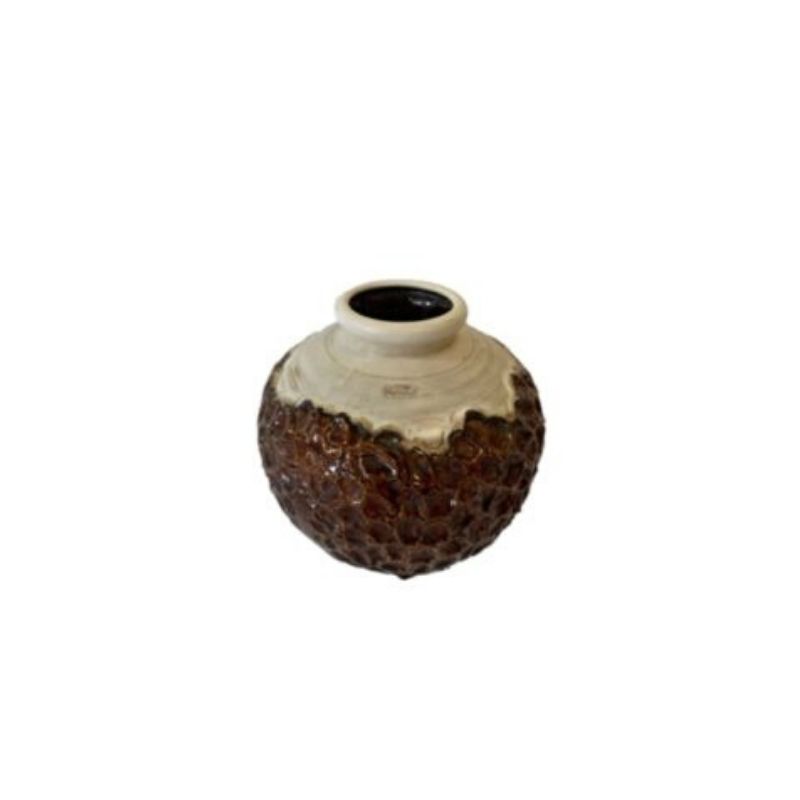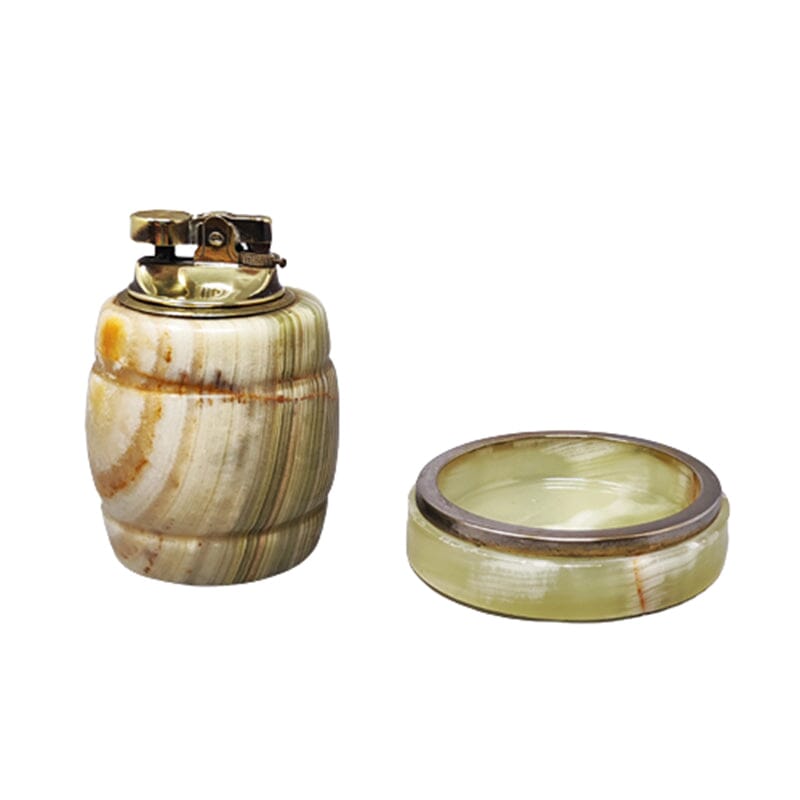How strong are your fingers? If you get some razor blades, the kind that go in box cutter knives, you can use them like disposable card scrapers. Basically you hold the blade almost upright-ish, but with the blade trailing and stroke it along the surface. It will take up that thin varnish and then a very, very thin translucent layer of teak veneer. Done with the right angle and pressure it will take up gossamer thin soft clouds of wood shaved thinner than you would believe possible. Done less right it will just take up fine wood dust. The only way to do it wrong it to use the blade in a direction that would cut, either blade forwards, or blade sideways.
Since each stroke only removes so little wood, it is like the veneer is thick, and you gain control over the process. You can take up many scratches, and other imperfections. The razor blade also leaves a very crisp mirror like surface.
You might try experimenting new on a scrap piece of hardwood before you go to the Mogensen.
Sandpaper, or worse a little electric palm sander can cut through veneer thickness in seconds, especially on a edge where you can curl it it over. A bigger belt sand can cut through veneer in milliseconds.
You could also use a soy or citrus stripper. They do work. Or Murphy's oil soap applied scorching hot and strong and scrubbed in the direction of the grain will probably take the varnish off.
I would do Murphy's then razor blade.
I think the trouble you are going to run into scraping (or sanding for that matter), is with the stain that is down in the grain (top of the piece). It is going to be hard to get this without a chemical stripper and wire brush/toothpick. The citrus strippers work, although not nearly as well, but are much less detrimental to your families health than methylene chloride. I am not even sure you can get methylene chloride that easily in Europe, since it was listed as an SVHC in the REACH Regulation over that last year, or couple.
Actually I think the razor blade will remove the stain from the grain quite well. I can't see the process with a microscope, so I don't know what exactly is going on, but in my experience the razor blade tends to pull everything out of the grain.
Depending on the surface that is desired, it can be necessary to fill the grain after using a razor blade on teak.
Well then I must have a lot of patience as I do it that way all the time. I find it faster and more pleasant than chemical stripping, but then I have very strong fingers.
And I greatly prefer it to the russian roulette approach with an electric sander. It has been my experience that you never know where the factory has already sanded off most of the veneer.
I just finished "re-surfacing" a Hans Wegner for Andreas Tuck dining table. Model 302. It has 3 extension leaves. Fully 10 feet long all extended.
The gossamer clouds of wood from the razor blade also make excellent material for "saw dust" patches, much better than actual sawdust.
THanks all for your help.
My kids putting their greasy fingers everywhere made some stains on one of the sliding doors. So, I thought a little bit of cleaning would not hurt.
And surprise! With a little soap (St Marc washing powder) and a domestic sponge the finish went off... Not varnish as I thought. And after some time and a lot of elbow grease I managed to get rid of all the finish.
The top has a few stains which would explain why the previous owners put this dark finish. What bothers me is that at one place the veneer is very thin.
Do you guys think that it is possible that I damaged the veneer using the scrubing side of an old domestic sponge??? I can live with the fact that there was a small hidden damage (it does not look that bad anyway) but I would be really be pissed if the damage is mine. I don't really see how you can screw a veneer with a sponge...
That is really great news DrPoulet!
I am surprised that soap and a scrub pad worked so well, but quite happy, as it is a much easier solution to your concerns. I highly doubt that you scrubbed through the veneer. the water and soap could have lifted a thin veneer area, but not likely that it was abrasive enough to scrub through.
You will have to post some after pictures. It will help me to resist pulling out the Methylene Chloride first, and try some gentler remedies in the future.
I guess the finish was actually shellac. The soap I use is St Marc which is a multi purpose soap that can be bought in any supermarket here. It is made with pine resin. I am not sure it is available outside France and Belgium though. It was recommended to me by a big dealer here in Paris.
It is not perfect as some of the finish got into the pores of the wood but still much better that it was before.
I manage to cover the sanded through veneer area by using my kids' felt-tip pens attenuated with a little teak oil. Not a perfect solution but you really need to know where the problem was to spot it!
I will take and post pictures tomorrow at the light of the day.
Oh and indeed Methyline Chloride cannot be bought here.
Seems like picture uploading is still not working properly...
Before: http://i786.photobucket.com/albums/yy149/xavier384/image1%2039_zpsiqqzic...
After: http://i786.photobucket.com/albums/yy149/xavier384/0162bd6ac59c22c366560...
Global picture: http://i786.photobucket.com/albums/yy149/xavier384/01073496100fe779b4e35...
Nice sideboard. I think you could have used acetone to clean it first, and teak oil as finish. I saw it in one of the videos of Thomas Johnson on youtube, while he was restoring an Hans Wegner chair. When I saw the use of aceton on wood I could not believe it, but apparently it doesn't do harm to wood.
Cheers
Ernest
If you need any help, please contact us at – info@designaddict.com









